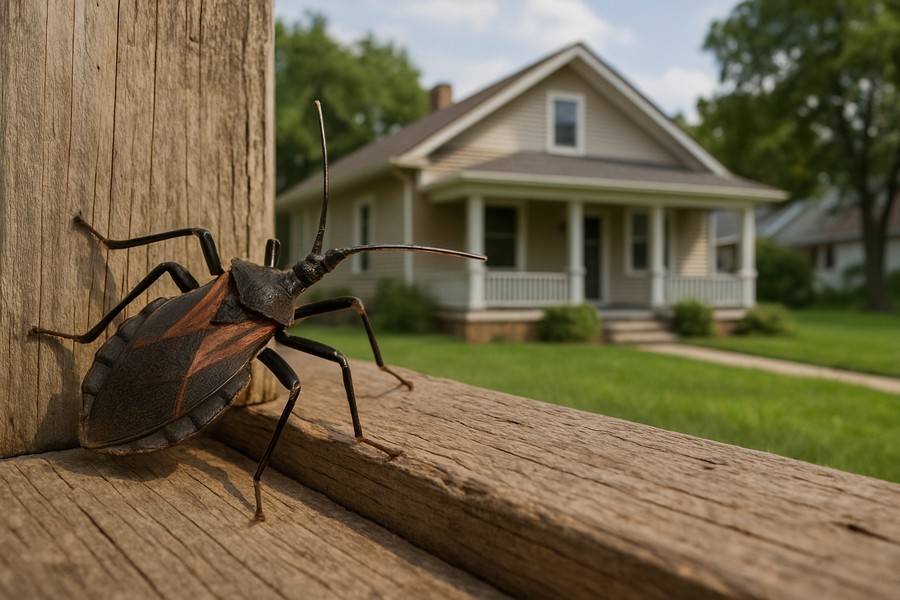
The Rising Prevalence of the Fatal 'Kissing Bug' Illness in the United States
The 'kissing bug' disease, scientifically known as Chagas disease, is increasingly becoming a health concern across the United States. Some experts have suggested that the disease has now reached a level where it can be described as endemic.
What We Understand About the Situation
There have been reports of people contracting this lethal disease across eight states, namely Texas, California, Arizona, Tennessee, Louisiana, Missouri, Mississippi, and Arkansas. However, an even more alarming fact is that the insects responsible for spreading Chagas disease have been discovered in 32 states over the past ten years.
According to a recently published report in a journal dedicated to Emerging Infectious Diseases, the researchers put forth the argument that it's high time Chagas disease is recognized as endemic in the United States.
Understanding What Endemic Means
An illness is classified as endemic when it consistently appears within a specific area or population. This differs from an epidemic, marked by a sudden surge in the number of cases, or a pandemic, which signifies a disease that has spread across multiple countries or continents.
Researchers argue that not recognizing the United States as a region where Chagas disease is endemic results in a lack of awareness and underreporting. By classifying Chagas disease as endemic, especially as hypoendemic, it can lead to improved surveillance, research, and public health responses. This fatal disease is already considered endemic in 21 countries across the Americas.
An Overview of Chagas Disease
Chagas disease, a potentially life-threatening illness, is caused by the parasite Trypanosoma cruzi, which is carried and spread by the so-called 'kissing bugs.' When a 'kissing bug' feeds on the blood of an infected host, it becomes a carrier of the disease, transmitting the parasite through its feces.
It is believed that about 8 million people worldwide, including an estimated 280,000 in the United States, have this disease unknowingly. Without appropriate treatment, Chagas disease can be fatal.
Symptoms and Treatment Options
Healthcare professionals categorize Chagas disease into two stages; the acute phase and the chronic phase.
The acute phase occurs in the initial weeks and months after infection and can include symptoms such as:
- Fever
- Exhaustion
- Body aches
- Headache
- Rash
- Loss of appetite
- Diarrhea
- Vomiting
- Swelling of the eyelids
The chronic phase, on the other hand, can persist for many years, or for the entirety of a person's life, without showing any symptoms. Nonetheless, about 20–30 % of infected individuals can develop severe health complications, including:
- Cardiac problems, such as an enlarged heart, heart failure, irregular heart rate, or sudden death.
- Digestive issues, such as an enlarged esophagus or colon, leading to difficulty eating or using the restroom.
The treatment for Chagas disease primarily comprises of two methods: antiparasitic and symptomatic treatments. The antiparasitic treatment uses medicines to eliminate the parasite causing the disease, while the symptomatic treatment focuses on controlling the symptoms and signs of the infection.
